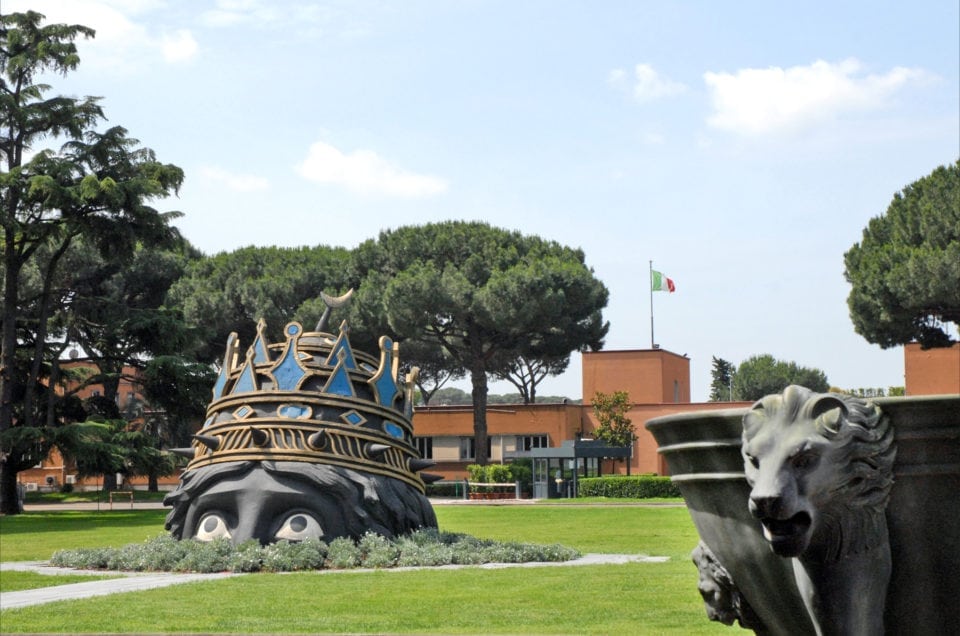In the south east of Rome, close to the Aurelian Walls, you can find the eighth district of the Capital, the district Tuscolano, among the first 15 quarters that were born in 1911 and officially established in 1921.
The quarter Tuscolano takes its name from via Tuscolana, the ancient medieval street which, from Porta San Giovanni in Rome arrived until the zone of Castelli Romani, in fact at Tuscolo (what today is then Frascati ). Today, via Tuscolana, considered as a path parallel to the Via Appia, leaves from Piazza Sulmona to get to town called Macere (Artena) after passing through the districts of Quadraro, Tuscolano and Cinecittà.
During the Second World War, the quarter was heavily bombed, but then recorded a strong population growth with related urban development of the quarter, still today very populous and rich in business.
The Tuscolan area sees the presence of many different architectural styles and is bounded by Parco degli Acquedotti, an oasis of green and valuable proof of the historical and archaeological heritage of Rome.
The district Tuscolano is also popular because it is precisely here that we find Cinecitta’s famous film studios, the most important production center of the Italian film industry and Cinecittà Due which is one of the largest and attended shopping mall in Rome.
Cinecittà, which like the Centro Sperimentale di Cinematografia was born during fascism, it extends over an area of 500,000 sqm, and it is here that have shooted thousands of films that made history of seventh art, and not only from Italian cinema, but also from Hollywood (many blockbuster have linked their names to Cinecittà, from “Ben Hur” to “Cleopatra” and “Gangs of New York”) and fron other movie industries, because of the opportunity to have a lot of studios, the same that today are largely occupied by television productions and fictions.



